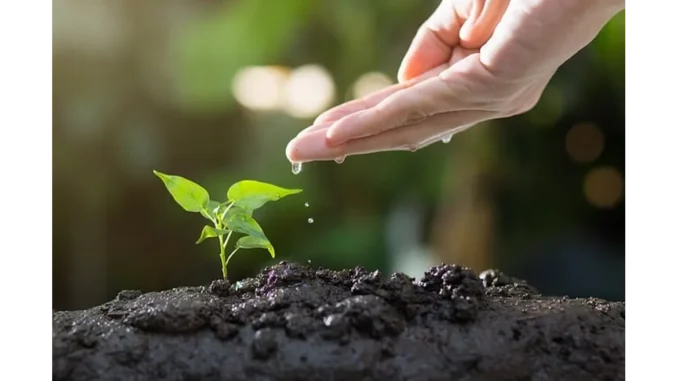
Creating a rock garden is more than just arranging some stones and planting a few flowers. It’s an art form that requires knowledge, patience, and the right selection of plants to thrive in such a unique environment. I recently had the pleasure of sitting down with Emily Bennett, an experienced gardener with a passion for rock gardens, to delve into the intricacies of choosing the best plants for these resilient landscapes.
The Harsh Realities of Rock Gardening
“Rock gardens are a test of both plant and gardener,” Emily begins, her eyes lighting up as she talks about her favourite subject. “The conditions can be quite severe—harsh sunlight, limited soil, and little water. But that’s exactly what makes them so fascinating.”
Emily explains that selecting suitable plants is crucial for the success of any rock garden. “The plants need to be tough, able to survive with minimal care. Drought-resistant varieties are typically the best choice.”
Top Choices for Drought-Resistant Plants
Emily’s rock garden is a testament to her expertise. Among her top picks for rock garden plants, she mentions:
-
Golden Barrel Cactus (Echinocactus grusonii): “This cactus is a real showstopper,” Emily notes. “Its vibrant golden hue and unique round shape make it an excellent focal point. Plus, it’s incredibly low-maintenance, which is perfect for a rock garden.”
-
Foxtail Agave (Agave attenuata): “The foxtail agave is dramatic and elegant, with its long, slender leaves that resemble a fox’s tail. It thrives in arid conditions and adds a touch of sophistication to the garden.”
-
Blue Chalk Sticks (Senecio mandraliscae): “These are a favourite for ground cover. Their blue-grey cylindrical leaves create a striking contrast with the rocks, and their trailing habit is perfect for cascading over edges.”
-
Rock Cress (Arabis hybrida): “This plant is versatile and hardy. It’s a groundcover that bursts into colourful blooms in the spring, attracting butterflies and adding a splash of colour to the garden.”
-
Gollum Jade (Crassula ovata ‘Gollum’): “Named for its quirky, tubular leaves, Gollum Jade is both hardy and whimsical. It’s excellent for adding a bit of character to the rock garden.”
Designing with Plants and Rocks
Emily emphasizes the importance of planning your rock garden design. “It’s not just about the plants; the arrangement of rocks is equally critical. You want to create a natural, flowing landscape that mimics what you might find in nature.”
She suggests starting with larger rocks as foundational elements and then filling in with smaller stones and gravel. “The rocks should be varied in size and shape to create depth and visual interest. Once the rocks are in place, you can start planting.”
When placing plants, Emily advises considering their height and growth patterns. “Taller plants should go at the back, while shorter ones can be placed at the front. This layering effect creates a more dynamic and appealing look.”
Maintenance and Care
One of the main attractions of a rock garden is its low-maintenance nature. “Once established, these gardens require minimal care,” Emily explains. “Most of the plants are drought-resistant, meaning they don’t need frequent watering. In fact, overwatering can be detrimental.”
She recommends watering the garden every two to three weeks during the summer and even less frequently in the winter. “Succulents and cacti are particularly hardy and will let you know if they need water by shrivelling slightly.”
Emily also highlights the importance of occasional pruning and cleaning. “Remove any dead foliage to keep the plants healthy. Periodically clear out debris and fallen leaves to maintain the garden’s appearance.”
Incorporating Other Elements
To enhance the garden’s appeal, Emily suggests incorporating additional elements like water features and lighting. “A small fountain or shallow pool can add a soothing ambiance, and strategically placed LED lights can highlight certain plants or rocks, making the garden look beautiful even at night.”
Final Thoughts
Rock gardens offer a unique blend of beauty and resilience. With the right selection of drought-resistant plants and careful planning, your garden can become a stunning, low-maintenance oasis. “It’s all about working with nature,” Emily concludes. “Understanding the plants and their needs, and creating a harmonious landscape that thrives with minimal intervention.”
Sean Taylor


Be the first to comment